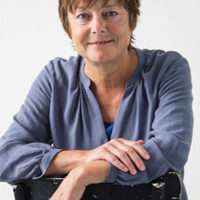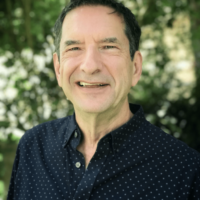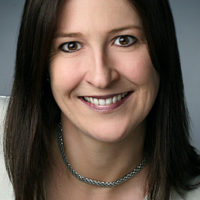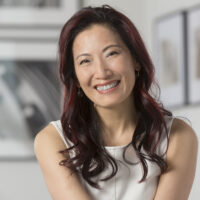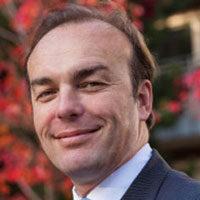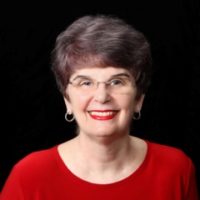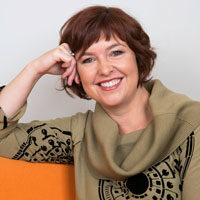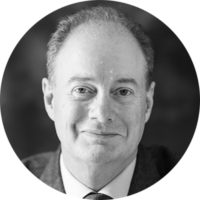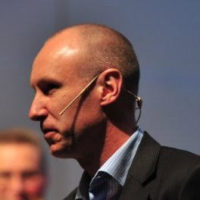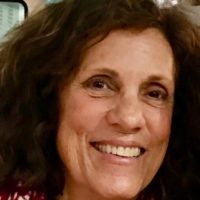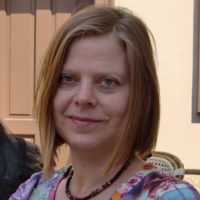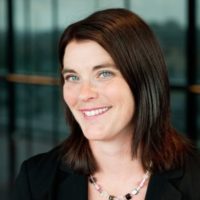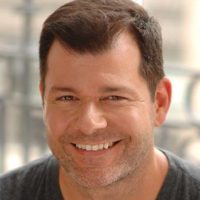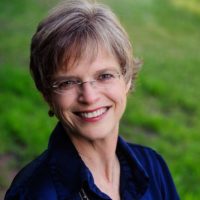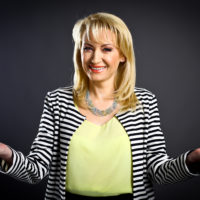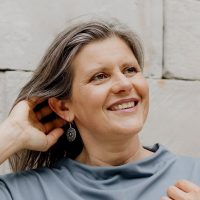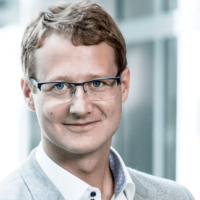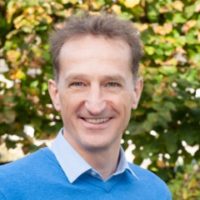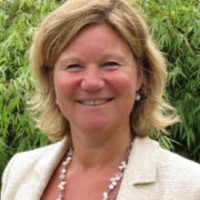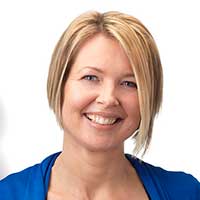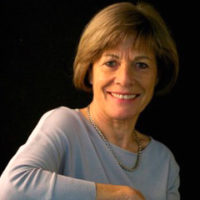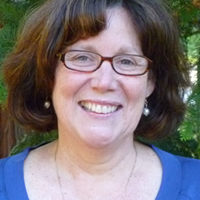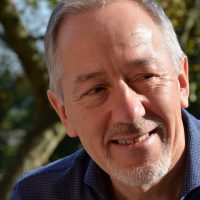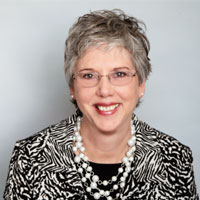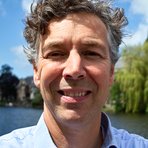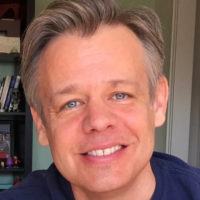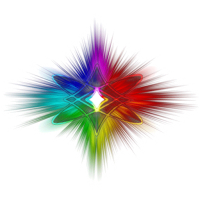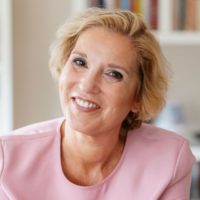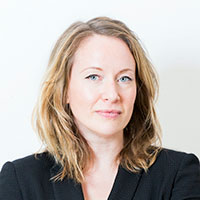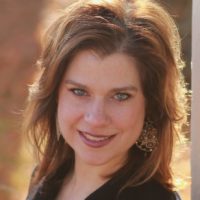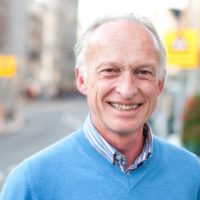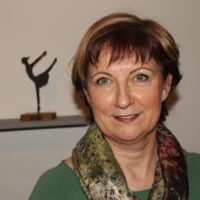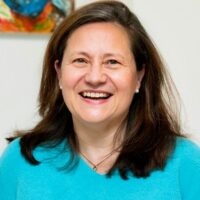Introduction by Alan Seale, Article by Patricia Koster
Several weeks ago, Patricia Koster, an active member of our Transformational Presence community in The Netherlands, wrote to me asking that I hold her family in love as they walked through the last days of her father’s life. This was a particularly special request in that her father, suffering from a rapidly debilitating disease, had made the choice to die on his own terms. He had chosen euthanasia, a legal option in The Netherlands since 2002.
About a week after her father died, Patricia shared with me the incredibly beautiful and moving story below. It’s an account of her family’s process of accepting her father’s end-of-life choices and decisions and choosing to let him go in love. I knew right away that I wanted to share her story with you. Thank you, Patricia, for the many gifts within your message.
Euthanasia is a controversial topic. Whatever your views may be, I invite you to read Patricia’s story with an open heart and mind – to recognize, sense, and feel her family’s struggle to accept and honor her father’s wish, their deep and rich experience of love, and, in the end, their celebration of his life.
So find a cozy spot, take a cup of coffee or tea or a glass of good wine, and settle into your chair. Take a moment to breathe and get quiet before you start to read. A very special story is waiting for you.
My Father’s Wish To Die In Dignity – A Story About Euthanasia and Letting Go Of Life In Love
by Patricia Koster
Death is not a miracle. Dying is a part of living and holds mystical moments. This is a story about some of the mystical moments I have experienced while walking beside my father on his end-of-life path. And it’s a story about how we created a web of family members and caregivers with the clear intention of holding the space for my father to die in dignity.
In the last six months of my father’s life, our family learned how to let him go in love, to respect each other’s rhythms and processes, to call forth authenticity in every step, and to develop rituals for dying as a part of the lifecycle. My father’s request for euthanasia was honored on Friday 18 September 2015. It was not easy, yet it was such a very rich experience. As a family, we now feel great gratitude.
Inner Truth – The Courage To Speak Out
My father suffered from vascular dementia. In the early stages, he recognized that he was becoming “forgetful.” He saw it as a natural process of growing old. He was very dedicated to physical and mental fitness – exercise and “brain gym” were part of his daily routine. However, over the last three years, my siblings and I noticed signs that his “forgetfulness” was more serious than what our parents were sharing with us. A year and a half ago, my father was finally ready to share his concerns with his family doctor. A thorough examination led to the diagnosis of vascular dementia.
My father’s instant response was, “I want to die in dignity.” He knew what he was talking about. He had cared for several family members and friends whose last days were, in his words, “inhuman.” He did not want his life to end in a similar way.
The more my father shared with us about the “emptiness in his head,” the clearer he became about his inner truth. This truth did not come from his mind. It came from somewhere else. I describe it as “soul talk.” It was so pure. And when he spoke from this inner truth, he was so incredibly serene.
As his daughter, this connection at the soul level was where my heart opened and where I found the strength and courage to take his disease and his wish to die in dignity seriously. And so early this year, I promised my father that I would walk hand-in-hand with him on his end-of-life path.
Weaving a Web of Family Members and Caregivers – Calling Forth Authenticity
When my parents shared my father’s diagnosis with me and with my brother who was living in France, as well as his desire for death with dignity, I was shocked at the double life my parents had been living. My mother had been my father’s caregiver for some time. I realized that they had already lived through many stages of his forgetfulness.
From all outward appearances, my father was a charming and active man, always smiling and positive and ready to listen to others. However, in his last months, he began to share with us what dementia had done to him. This was such a gift for us in our understanding of what he was going through. We could now understand why he could no longer make sense of our stories and how he was no longer able to take part in discussions. We understood his incredible frustration at not being able to express what he wanted to say – at not being able to write, read, and participate in life as he always had. He shared with us how sometimes he would not know where he was going or why he was wherever he was. He explained that the only way that he could walk was to give military-style directions to his legs – left-right-left-right – so that his body could remember how to walk. He told us, “Every day I loose myself more and more. And every day I part from you more and more.”
For the last months, my father thought about dying all the time. He became silent. However, his actions were aligned. He organized his office, his papers, and his pictures. He made all of the formal arrangements and, with help from my mother and me, wrote his declaration and will for dying in dignity and his request for euthanasia.
My mother, however, felt tremendous inner conflict with his choice. In her beliefs and values, his desire for euthanasia was far beyond what she could accept. I witnessed her struggle, as she said, “I love this man. And out of love for him, I want to listen to how he wants his life to end. Yet I have to live on. And I cannot find peace in myself if I accept this and participate in his wish for euthanasia.” She must have felt so lonely. As their daughter, I felt stuck in between as I respected both of their views.
Soon came another turning point. I received a voicemail message from my father. He was in tears and said, “My time is now. It is time to go. I do not know how to go on from here.” I realized in that moment that my father needed our help to follow his wish. And it was in this moment that I shifted my role from being my father’s child to being his adult daughter and advocate.
I wrote to my parents’ family doctor, to his dementia case manager, and called the NVVE, the Dutch Association for Voluntary Euthanasia. I shared with them the urgency that my father had expressed as well as the truth that my mother lived. I asked them to help us take our next step, even though I did not know what that step would be. I only knew that we needed to create a web of support and to hold space for my father for dying as a part of life.
Magic happened. The NVVE consultant found words and the right tone of voice to speak with my mother and help her with my father’s urgent desire. I cannot tell you how, but my mother found a breakthrough that allowed her to accept my father’s request for euthanasia. Her love for him became even bigger. As her heart opened even more, the path to the end of his life became clear. As family members, we could now understand our roles in the process and we invited a handful of caregivers to join us. Our learning of how to hold space for someone to die with dignity had begun.
Our Collective Learning – How To Let Go In Love
Looking back now, I realize how little we knew about dying, sharing, and opening up with one another. We had only recently come back together as a family after my brother and I had both been overseas for a total of 22 years. We spent time together and learned how to “be” together. My father and mother were in the lead. As their children, we respected their own rhythm and timing. We learned to just be present with the unknowns of dying. There were times to meet one another, times to share stories, and times to gradually include more family members and friends in our end-of-life circle. During the summer months, my father was able to visit all of his family and dear friends.
The formal procedures of the end-of-life clinic were complex. It was a long road to walk for my father. He was so afraid that he would lose his mental competence before he could fulfill his desire for death with dignity. His family doctor was a great support. He recognized my father’s suffering and understood his fears. He was committed to stay close and assured my father that he would help speed up the process if his health situation changed. For my mother, the family doctor became a buddy. They both shared the same beliefs and values and, therefore, were in the same process together of living their truth while, at the same time, supporting my father’s end-of-life request.
The nurse and doctor from the end-of-life clinic were, above all, human people. They had the courage to listen to my father and to express deep respect both for a life fully lived and for his suffering. They shared their life stories in return and how they serve in the circle of life and death. They were guiding us beyond death just by being themselves in such a clear and simple way.
This is how we learned to let go in love.
Rituals Around the Passing of My Father and the Farewell Ceremony
After the date for euthanasia was set, as a family, we began to create rituals around my father’s passing. My father and mother informed family members and close friends about my father’s decision for euthanasia. I was impressed by their courage to open up and speak out. My father’s choice touched each of his friends and family members deeply, confronting them with having to face the reality of their own eventual death. They were shocked with the idea of letting their friend go. However, they soon began moving towards respect for his end-of-life choice. They shared their gratitude for the opportunity to say their goodbyes and toast “a life fully lived and a dignified death.” How my father lived his wish became an example for many.
When the moment of euthanasia arrived, my mother, my brother, and I held my father’s hand. My mother laid her head on his chest. After final goodbyes, my father looked at each of us and explicitly nodded a “thank you” to his family doctor. And then he surprised us all with one last gesture. Over the last months, he had carried in his pocket small notes – words and half-written words – things he had wanted to remember for that day. In that very moment, he handed a little note to the nurse and the doctor. Their names were on the note and he whispered, “I wanted to remember your names.” He was so grateful for their role and presence. Surrounded by our love, he left us and found his peace. His passing was beautiful.
My father had participated in the preparations for the farewell ceremony in which we would celebrate his life. He had asked an intimate friend of the family to be his undertaker. She invited us to take care of my father’s body and spirit between his death and the final farewell ceremony. Together, we became storytellers of my father’s life. My father painted his end-of-life path and selected the music for the farewell ceremony together with my mother. My brother made his coffin. My mother created the funeral announcement. The grandchildren shared a poem. My sister-in-law captured memories in pictures, and I was one of the speakers telling his life story. All of this served as a bridge for us to a new world without my father.
I have now experienced that dying is not something that you do alone. Dying is a process to open for. In the rituals of dying and through the meaningful conversations that unfold, there is learning, healing, and space to grieve. I hope that this story can serve others to realize the mystical moments of dying, the choices available in the end-of-life phase, and the wonders of connection and love.
My father’s lifecycle is now closed. And I feel his presence everywhere.
Corporate anthropologist Patricia Koster supports organizations and societies in working through complex social issues. She invites people to find and connect to their own rhythm and heartbeat to explore and create environments that will support positive transitions in our fast-changing world.
Related Reading:
- What it means to “hold space” for people, plus eight tips on how to do it well – by Heather Plett
- Clarifying What Really Matters and Letting Go of the Rest – by Alan Seale
- The Gift and Power of Deep Listening – by Alan Seale
If you enjoyed this blog post and found it helpful or inspiring, please share it with your friends on social media by clicking on the icons below. You are also welcome to make a comment below. You may subscribe to our free weekly newsletter by clicking here.

